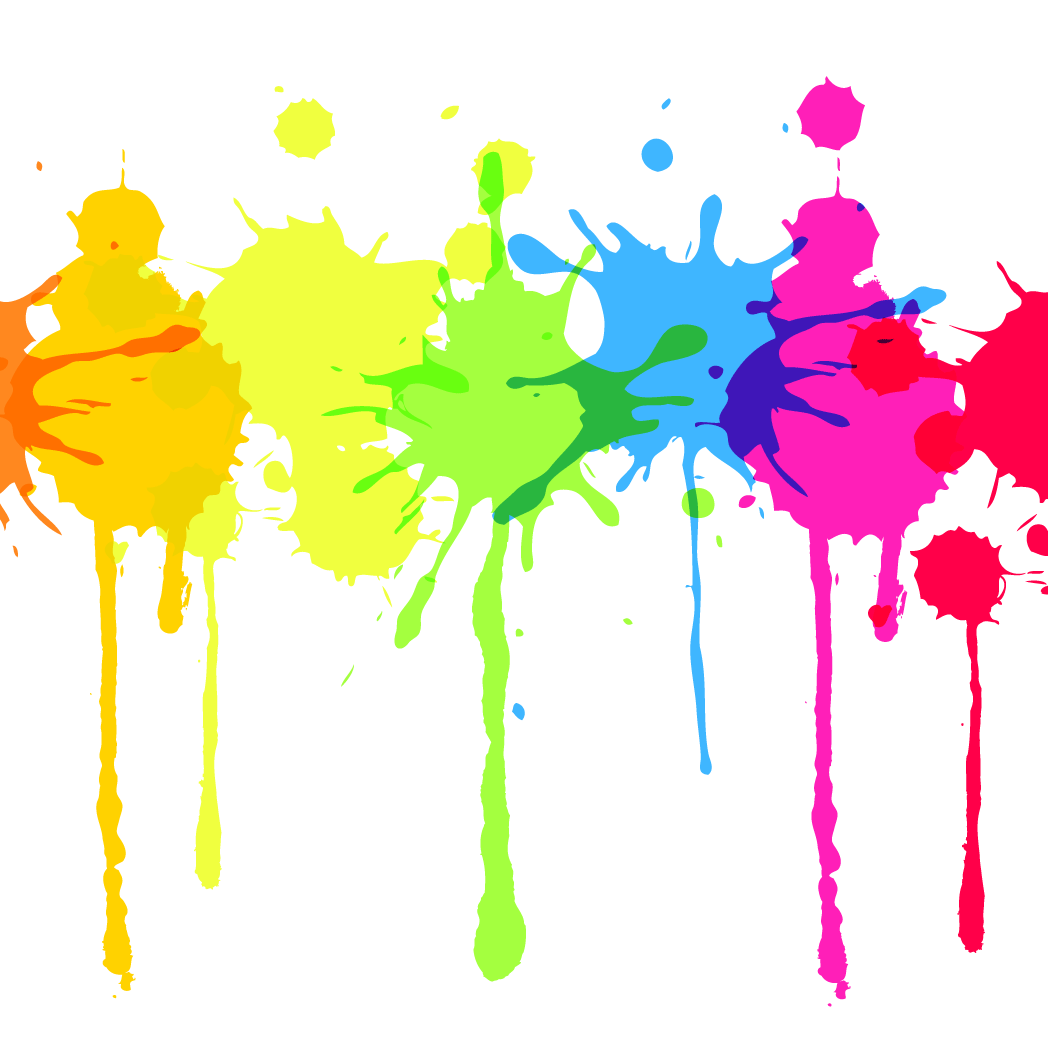This is a great article. I’m so tired of Christians being satisfied with bad, “preachy” movies and books and music because those feel “Christian enough” while truly Christian, challenging art shoots over the head of the average person.
It’s a childish view of the work of the artist, grounded in our Protestant failure to value story and image as highly as we love propositional, systematic statements. And while we are certainly People of the Book, we need to realize that God is telling a single, amazing, vast, nuanced Story of Redemption, one that encompasses within itself everything from erotic poetry (the Song) to apocryphal visions.
Recognize that “Christian art” finds its Christian-ness down in the bones, not on the surface. LikeTo End All Wars is one of the most “Christian” films I’ve ever seen, but it’s rated R.
Let’s support better art.
A couple great quotes from the article – please do read the whole thing:
Any person even vaguely familiar with Evangelical subcultures will recognize the trend of copying and sanitizing whatever pop culture is doing. This trend belies a certain impulse within Evangelical Christians to separate the entire world into two categories: sheep and goats, wheat and chaff.
A good deal of contemporary Christian art is predicated on the sacred/secular divide: As Christian film critic Alissa Wilkinson noted, “Christians, and evangelicals in particular, have been really, really prolific in making pop culture products that parallel what’s going on in mainstream cultural production.”
…
The end result is that the Christian product seems like a knock-off, a cheap alternative.
…
Even if Hollywood films do contain embodied messages, they’re not always as explicitly drawn out as they are in Christian movies. That’s because, says Godawa, many Evangelical Christians, who are people of the Good Book, have come to value words over images. “They don’t know how to embody their messages in the story,” he says. “They have to hear the literal words [of the Gospel].”As with the bifurcation between sacred and secular, so, too, do contemporary Christian artists divide form and content, believing that what a piece of art says is of infinitely more importance than how it says it. The thing communicated is more urgent than how it’s communicated.
Of course, this perspective overlooks the fact that how a thing is communicated is the thing that’s being communicated. To put it in Marshall McLuhan’s terms, “The medium is the message.” That is, when you communicate an idea through the medium of film, the aesthetic quality of the film subsumes the idea, fundamentally altering its narrative shape.




Got a comment?